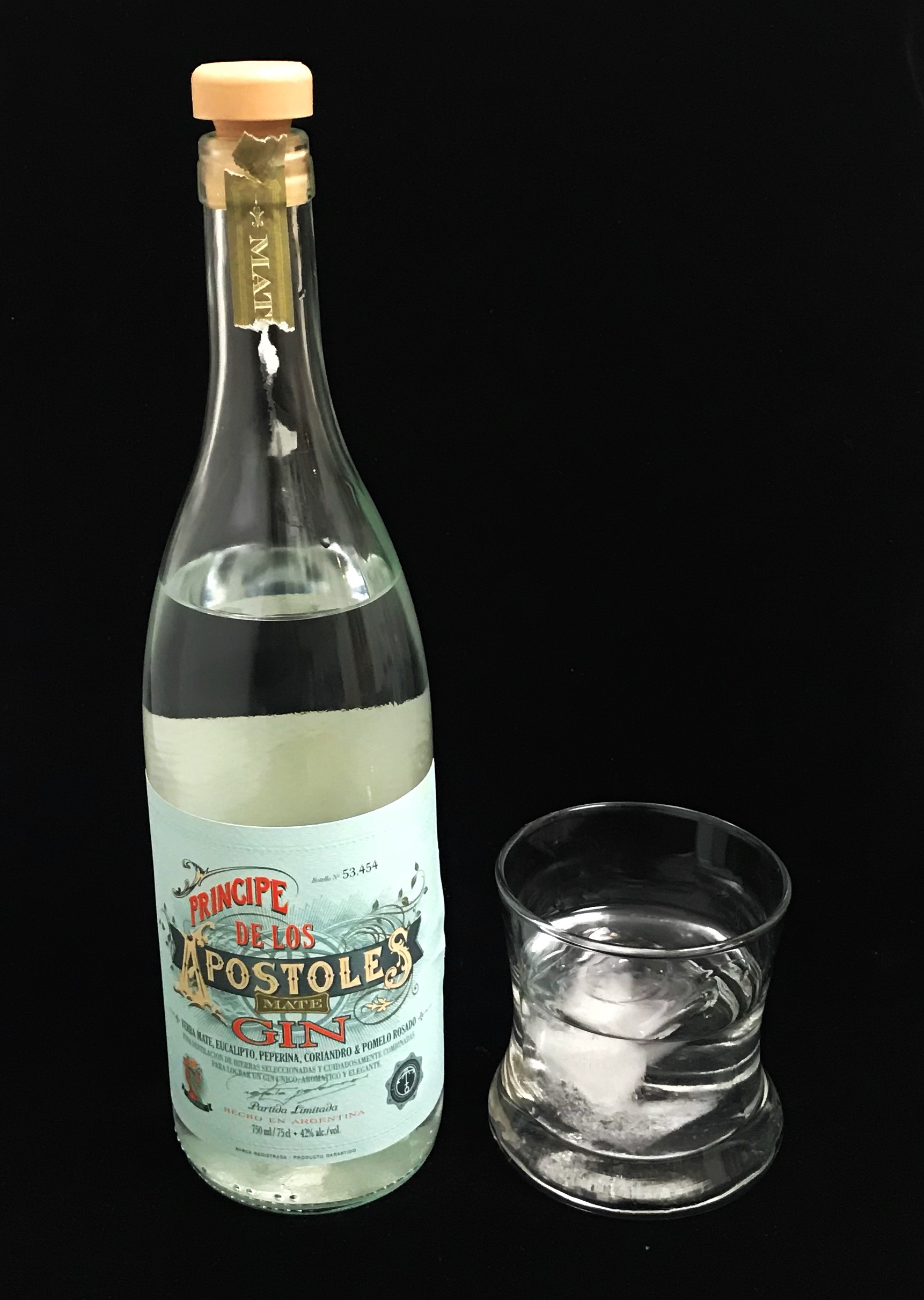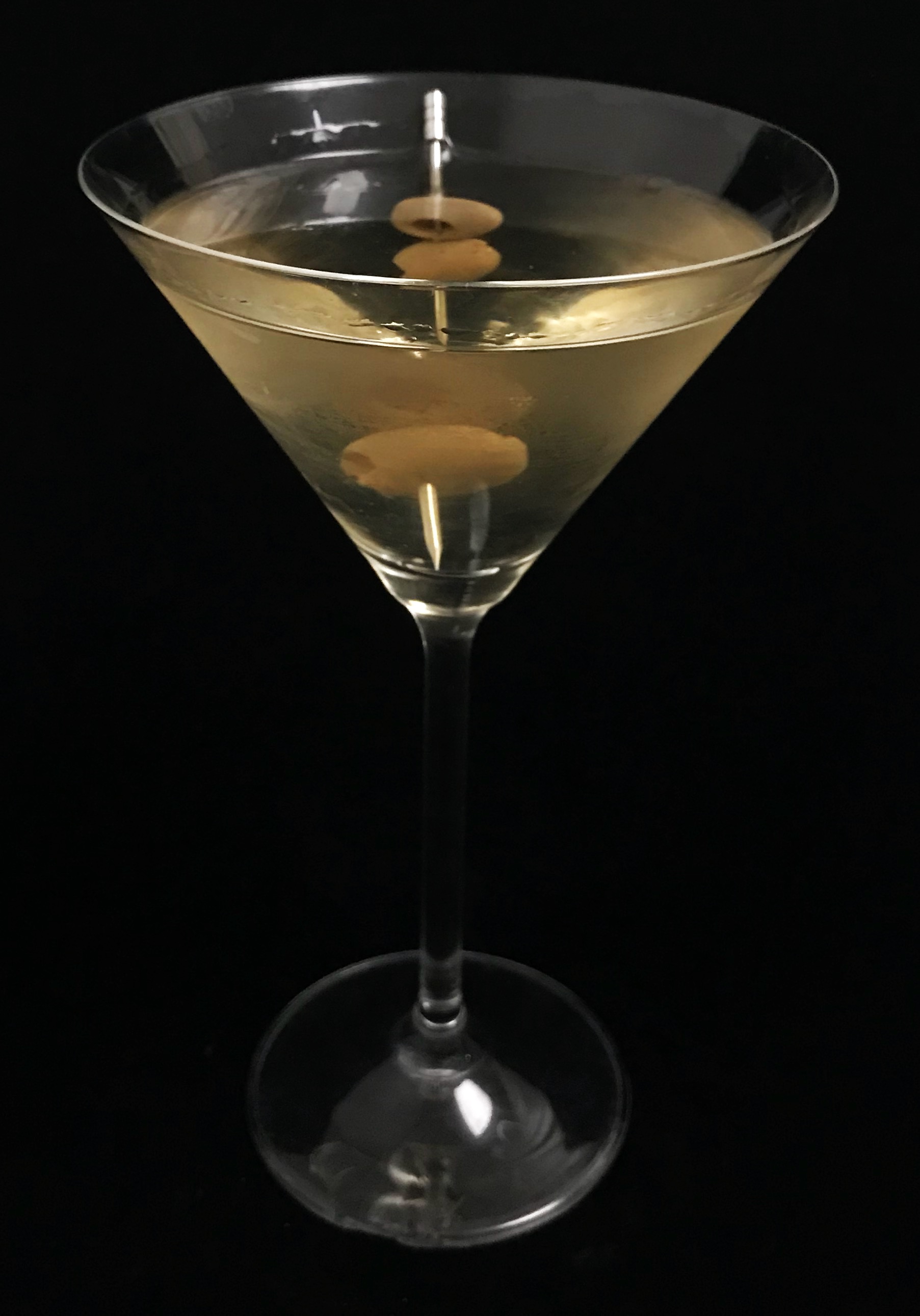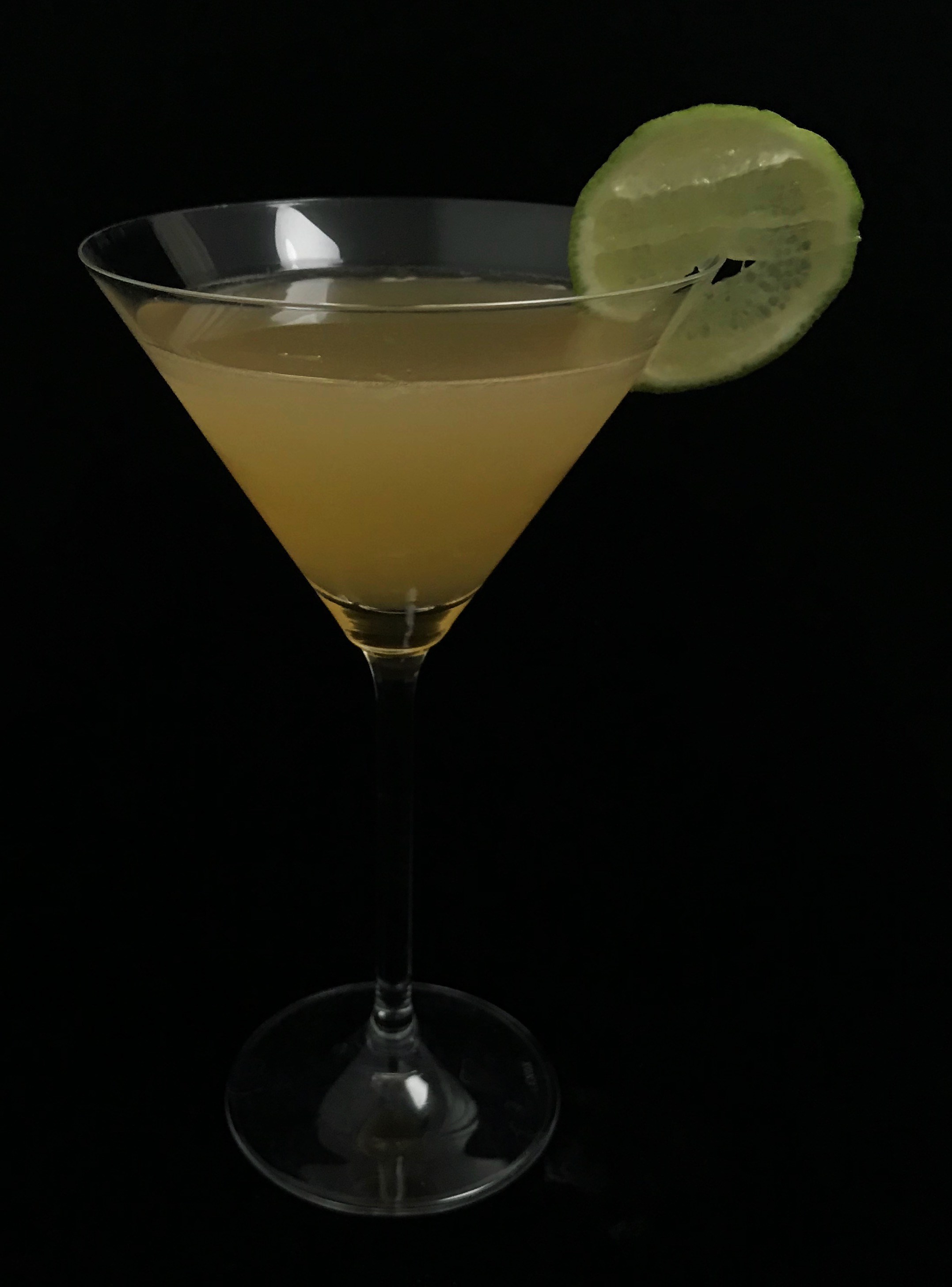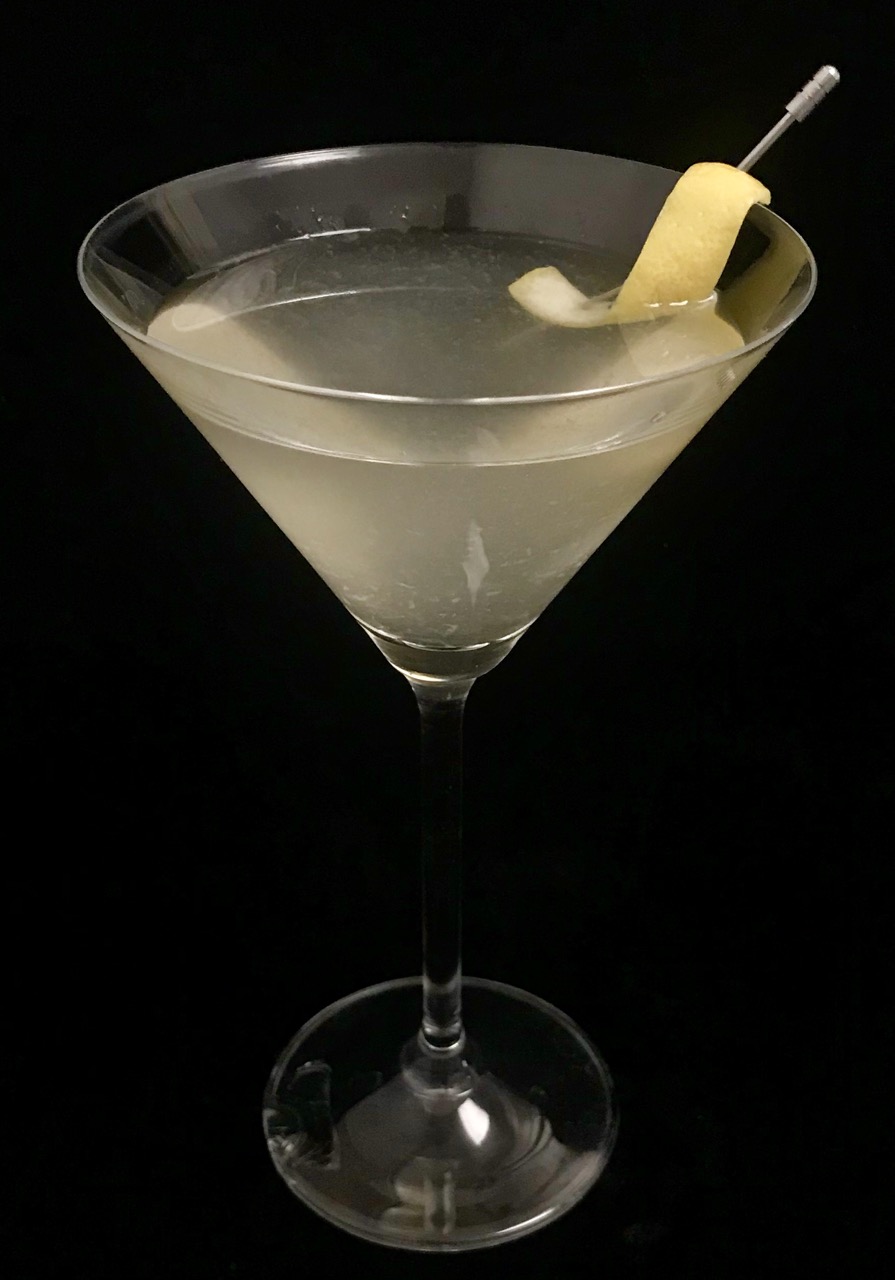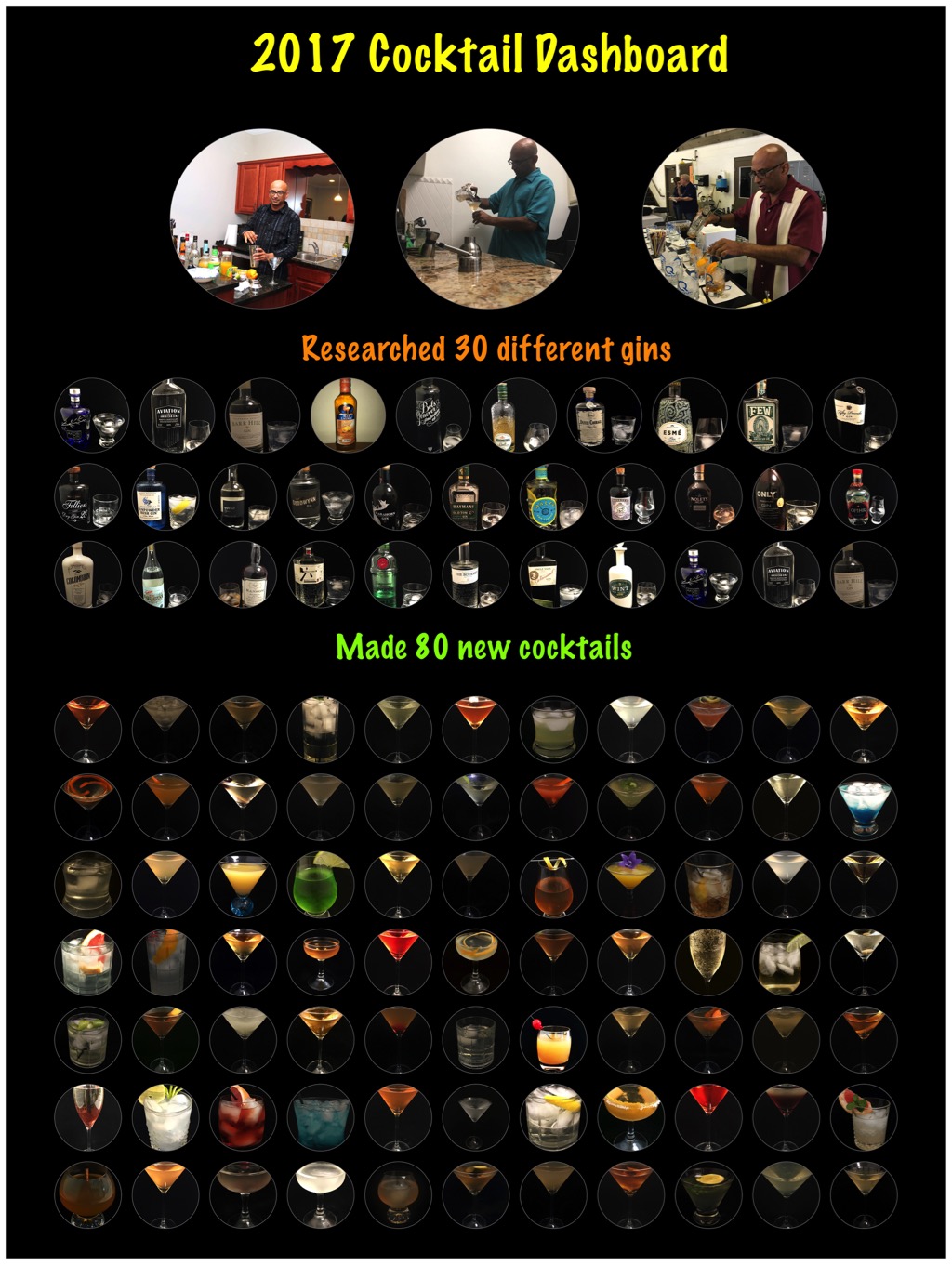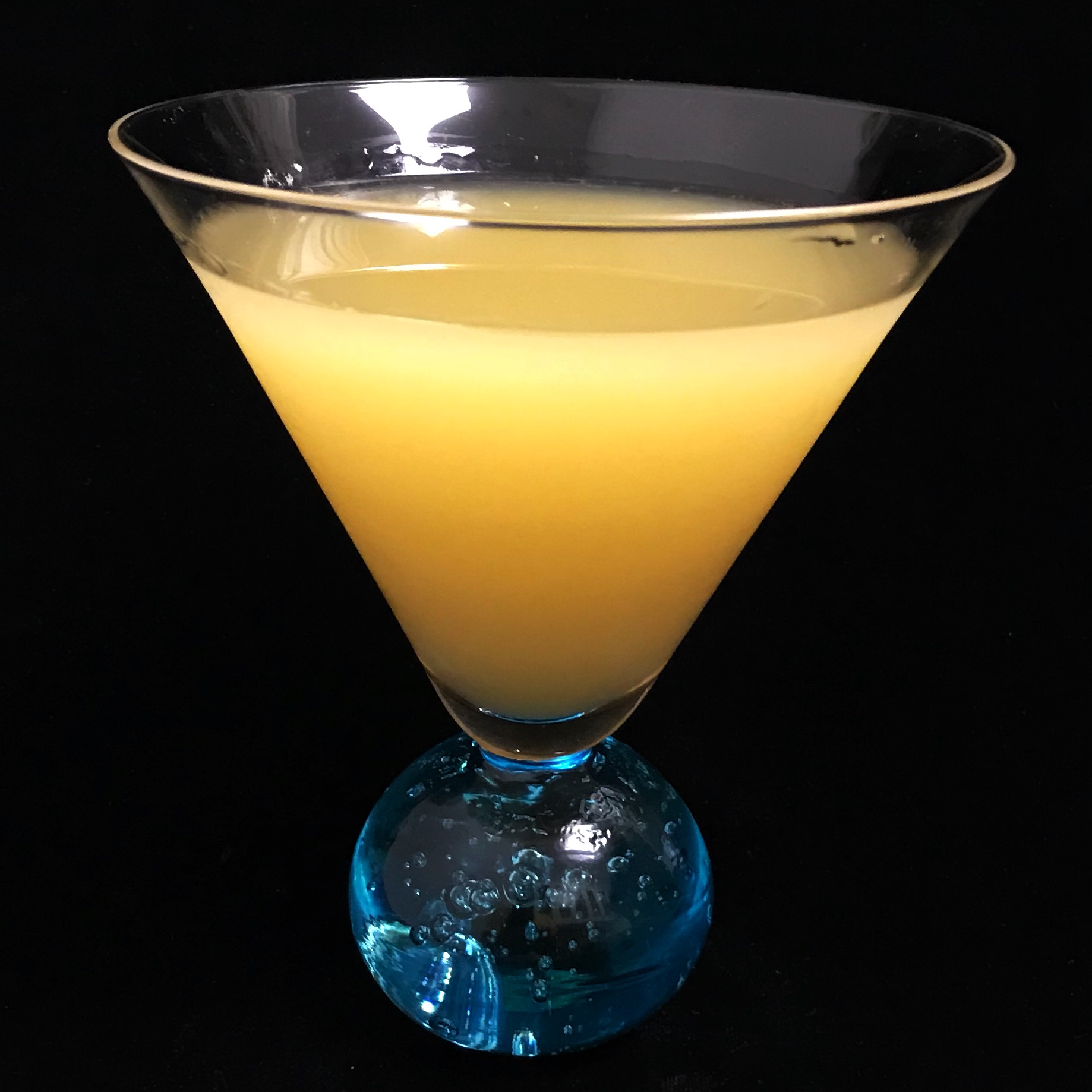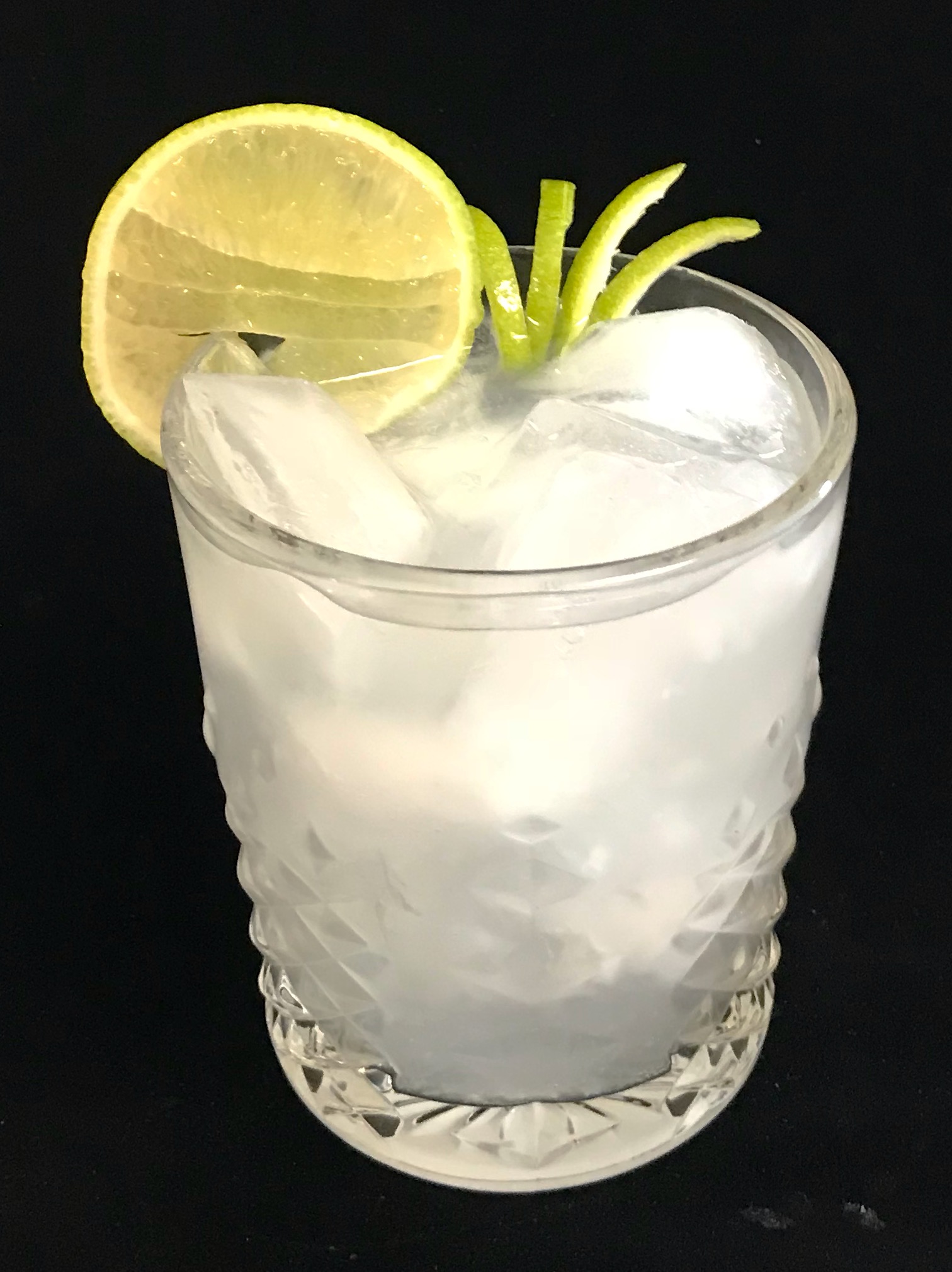From the bartender’s corner – White Lady
From the bartender’s corner – Melon Gin
In case you are wondering, this is NOT my second cocktail of the evening. The Lychee Love is something I had made in the middle of the week and forgot to post. This is the cocktail I made for this evening – Melon Gin. It primarily accentuates ginger and melon together with gin. It has Ungava gin, muddle ginger bits, Midori melon liqueur and ginger ale.
Refreshing but a little on the stiffer side…
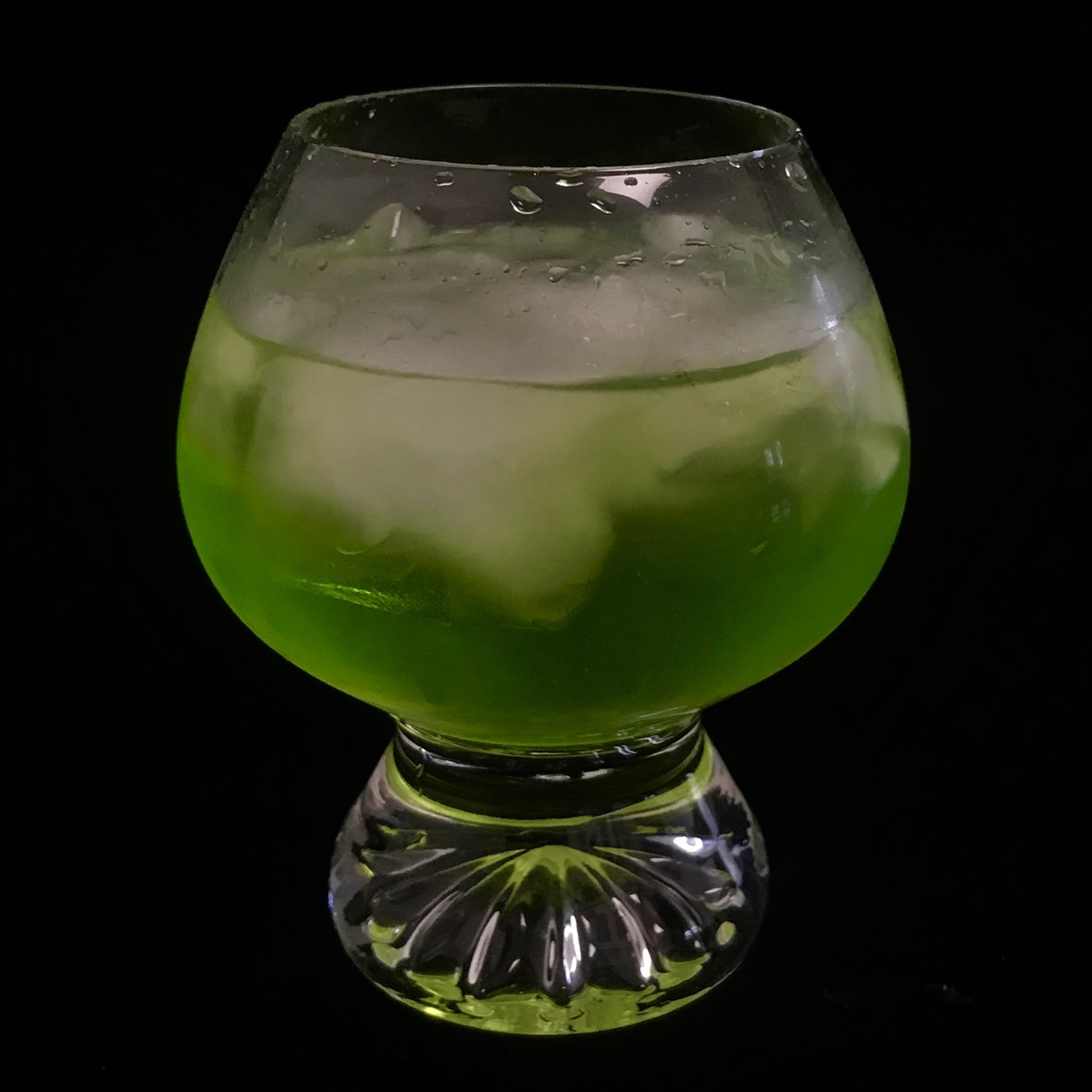
From the bartender’s corner – Lychee Love
From the bartender’s corner: Gin #29 – Ungava
I had seen this gin first at the duty free shop in Aruba airport. It said it was from Canada. I was not sure how a Canadian gin would be like – so never picked it up. Came home and studied it up. And boy, did I regret it! Turns out this is a very unique gin. Made from very unique botanicals and herbs from north of Canada (North of Canada? Isn’t the whole country in the north?), it had great reviews and some fantastic feedback.
I looked for the usual places in Atlanta for this, unsuccessfully. Found one store in DC that could send a bottle to me but the delivery would cost me twice the price of the bottle. Filed that away under the “When I am in DC next, need to pick up a bottle” section of my mind.
The other day, I swung by a liquor store in Cumming after finishing my hospice time. I think I was there to pick up some wine to gift at a party that evening. As is my wont, I strolled over the gin section to see if there was anything interesting. I expected nothing. Guess what? There was a bottle of Ungava!
I think I forgot to buy the wine in the excitement but I certainly got a bottle of Ungava.
Opened it up last night.
First, the gin is made in northern part of Quebec. In that frigid environment, on the banks of the Ungava bay you get some unique botanicals. Six of theme are used in Ungava – Wild Rose Hips, Crowberry, Labrador Tea, Cloudberry, Arctic Blend and of course the mandatory Juniper is Nordic Juniper. Frankly, other than the Rose Hips (which is the fruit in a rose plant), I do not think I had ever heard of the rest.
Now the process is somewhat unique. The base alcohol is derived from local corn. Then the six botanicals are used in the distillation process like every other gin. The twist is that these botanicals are again used to do an infusion (like you get infused vodkas, for example). Among other things, this infusion gives it the unique yellow color.
The nose is very juniper-y and if you give it a few more seconds, you start getting the citrus in the drink. The palate is very complex. To be sure, not knowing most of the herbs, I could not identify much other than there was the juniper and the citrus. There was a hint of floral taste too.
The finish was not as prolonged as I expect from gins and was again a very juniper-y finish.
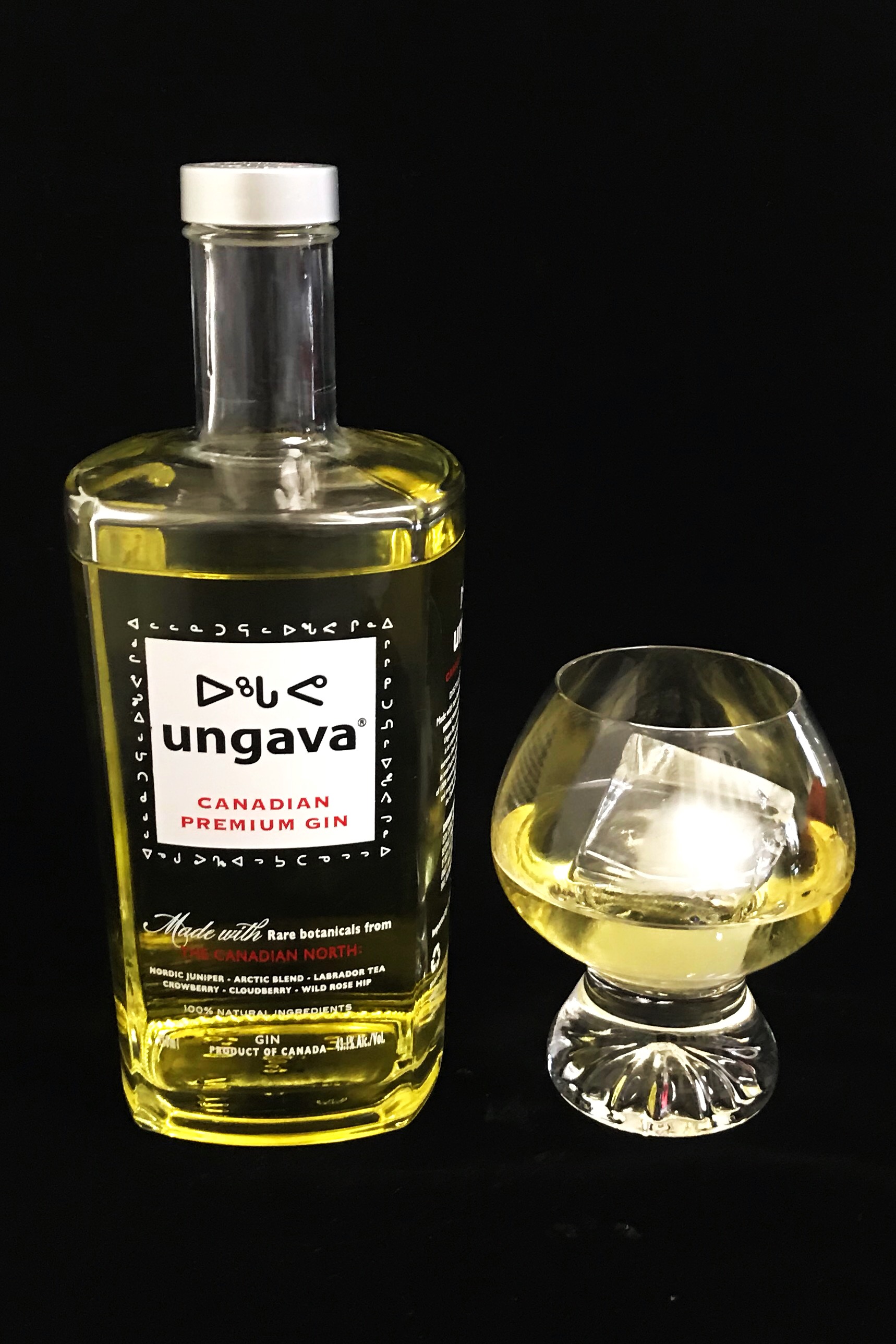
2017 Reflections – Mixology
From the bartender’s corner – Dixie
Mixing up drinks at a Holiday Party at a friend’s place
Since the whole year was spent on researching and tasting gins from different countries, I took a different tack and went with a Vodka theme. It was mostly Bengali people, the cocktails were tailored to the usual Bengali tastes. The first cocktail (BGJ) was mostly to cater to the tropical climate spicy tastes – had ginger, jalapenos and basil leaves with vodka. The second one was for the ones who like aniseed (very commonly chewed by Bengalis after dinner). Called a Samtini, this had vodka, Anisette liqueur and a dash of blue curacao. Then there was the Pineapple upside down cocktail – with vanilla vodka, pineapple juice and grenadine for the never failing sweet taste buds of the Bengali tongue. And finally to cater to the modern health conscious Bengali – who would like to have the whiff of sweet taste but not much sugar in it, I had the Harrington – which is vodka, orange curacao and a little of green chartreuse.
This was my last party mixing drinks for this year. Thanks are due to Joyjit and Baisakhi for letting me do it.
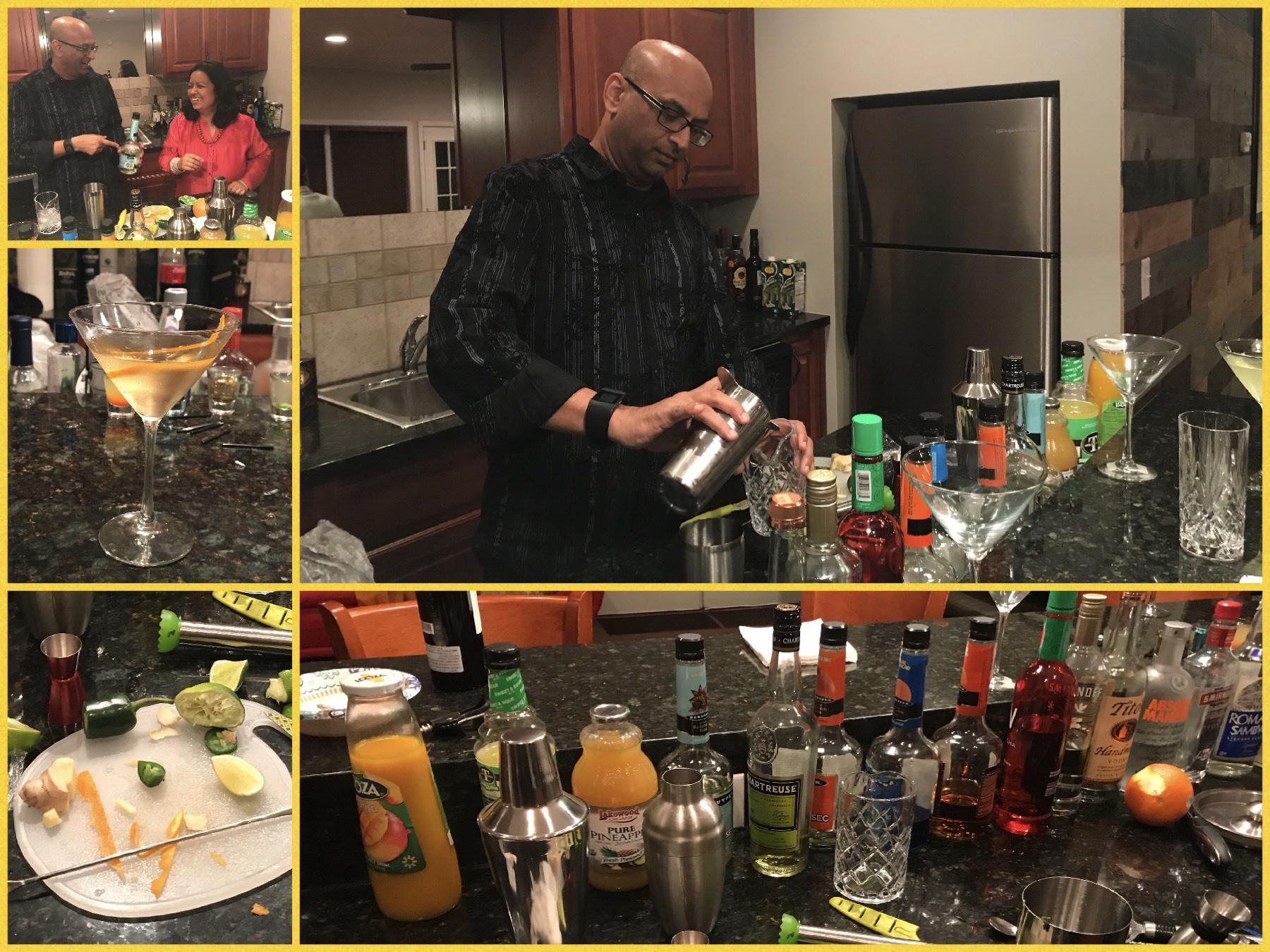
From the bartender’s corner – Gin #28: Principe De Los Apostoles Mate Gin
This is a gin from another intriguing source – Argentina! This is the only Argentine gin I have been able to lay my hands on till date. The distillery itself is in Mendoza (famous for all the wines) but all the ingredients come from the place where this gin originated initially – Misiones. “Principe De Los Apostoles” literally meaning the Prince of the Apostles. The Mate refers to Yerba Mate which is indigenous to the area around Misiones and was originally used to make tea!
Concocted by the famous mixologist Tato Giovannoni, this gin is made by distilling yerba mate, eucalyptus, peperina (a type of mint indigenous to that area), coriander, juniper and pink grapefruit skin. The base alcohol is made from wheat. According to their website, they macerate everything other than the peperina for 24 hours in stainless steel containers and the peperina for only 2 hours before they are distilled in German copper stills.
Overall, I liked the effect the gin left on me. The nose is minty and almost floral. The palate is silky and pungent – the mate comes thru with a very balanced bitterness so as to not drown out the citrusy grapefruit. The only negative points I would give is to the length. The finish is very short and almost makes you wonder whatever happened to all that juniper. That said, I love this understated but memorable gin.
